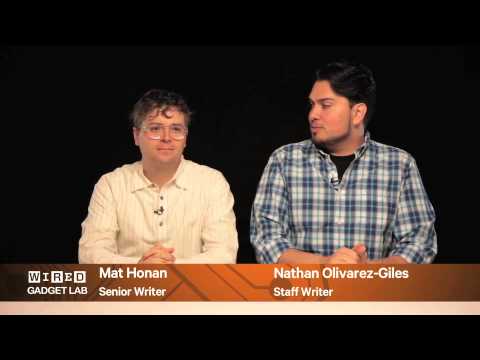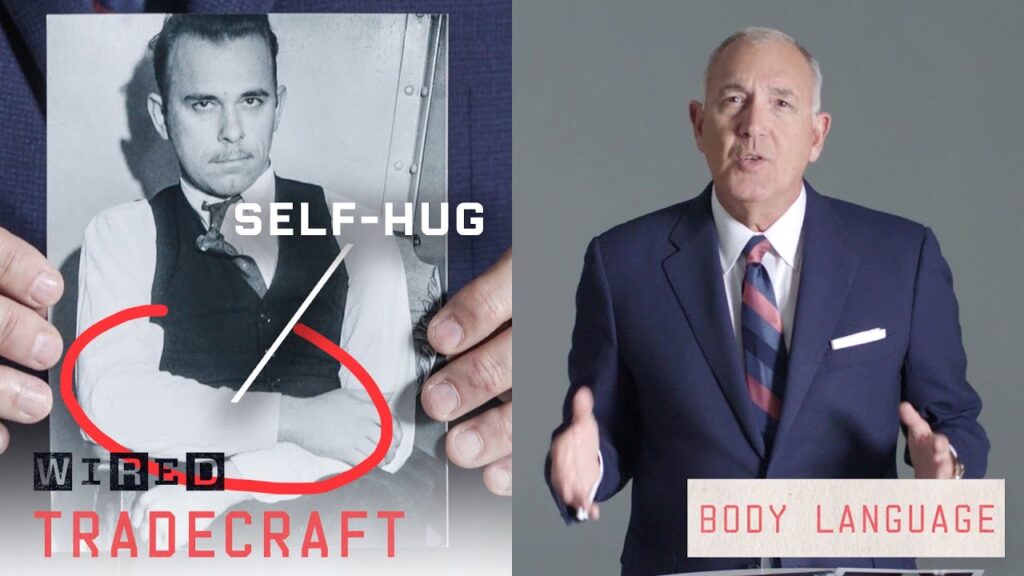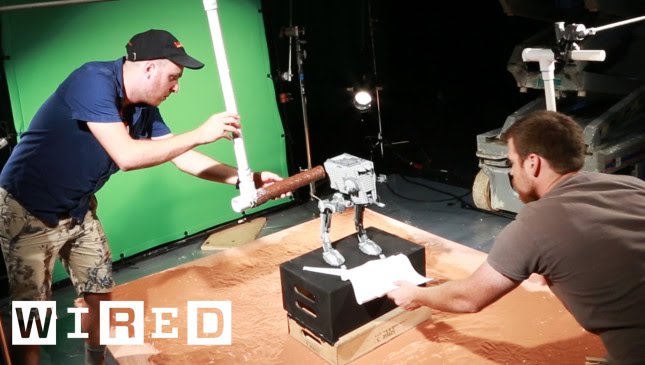Tips for Taping a Paper Airplane to Maximize Flight Distance
Summary
In this article, we will discuss the process of taping a paper airplane to make it fly longer distances. We will cover the importance of taping the nose of the plane, seams where the wings meet the body, covering any bubbles or gaps, burnishing the tape down, and making subtle adjustments to the plane to optimize lift and drag. We will also share tips on paper weight and dihedral angle.
Table of Contents
- Taping the Nose and Seams of the Plane
- Covering Bubbles and Gaps for Optimal Aerodynamics
- Burnishing the Tape Down
- Making Subtle Adjustments for Optimum Lift
- Recommended Paper Weight and Dihedral Angle
- Conclusion
Introduction
Are you tired of your paper airplanes falling to the ground just after takeoff? Do you want to impress your friends with a paper airplane that flies farther than any they’ve ever seen? If so, you’ve come to the right place. In this article, we will share tips and tricks for taping your paper airplane to maximize its flight distance.
Q&A
Q: What parts of the paper airplane should I tape to make it fly farther?
A: We recommend taping the nose of the plane and the seams where the wings meet the body. This will help the paper airplane cut through the air more efficiently and decrease drag.
Q: How can I cover any bubbles or gaps in the paper to improve aerodynamics?
A: When you’re taping your airplane, make sure to add extra pieces of tape to cover any bubbles or gaps. This will create a more smooth and streamlined surface for the air to flow over, which will improve aerodynamics and decrease drag.
Q: How important is it to burnish the tape down?
A: It’s crucial to burnish the tape down as tightly as possible. This will ensure that the tape adheres tightly to the paper, which will prevent the tape from peeling or coming loose during flight.
Q: Can I make any other subtle adjustments to improve flight distance?
A: Yes, you can create a slight curve from one wingtip to the other to add lift. This will cause the air to flow over the wings at a higher speed, creating more lift and allowing the airplane to stay in the air longer.
Q: What paper weight do you recommend for making paper airplanes?
A: We recommend using 26-pound paper, which is the closest equivalent to 100 GSM (grams per square meter) in America or 100 GSM A worldwide. The 24-pound paper used in our demonstration is suitable but not ideal for longer flights.
Q: What is the recommended dihedral angle for a paper airplane?
A: The optimal dihedral angle for a paper airplane will depend on the type of airplane you’re making and how fast you plan to throw it. However, a general rule of thumb is to use a smaller dihedral angle for slower speeds and a larger dihedral angle for faster speeds.
Conclusion
By following these tips and tricks, you can turn your paper airplanes into impressive, high-flying gliders that will amaze anyone who sees them. Remember to tape the nose and seams of the plane, cover any bubbles or gaps, burnish the tape down, and make subtle adjustments for maximum lift and drag. And don’t forget to use 26-pound paper for the best results. Happy flying!







